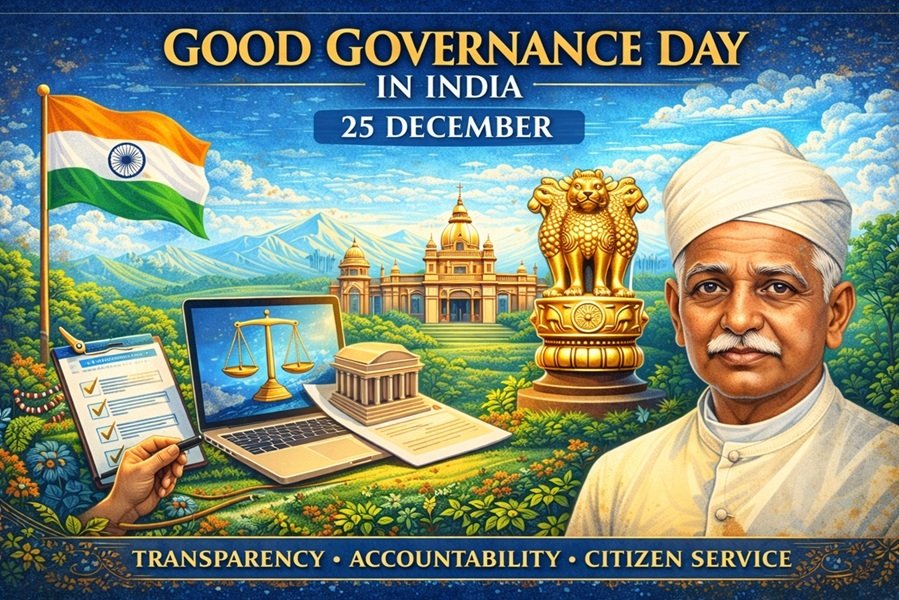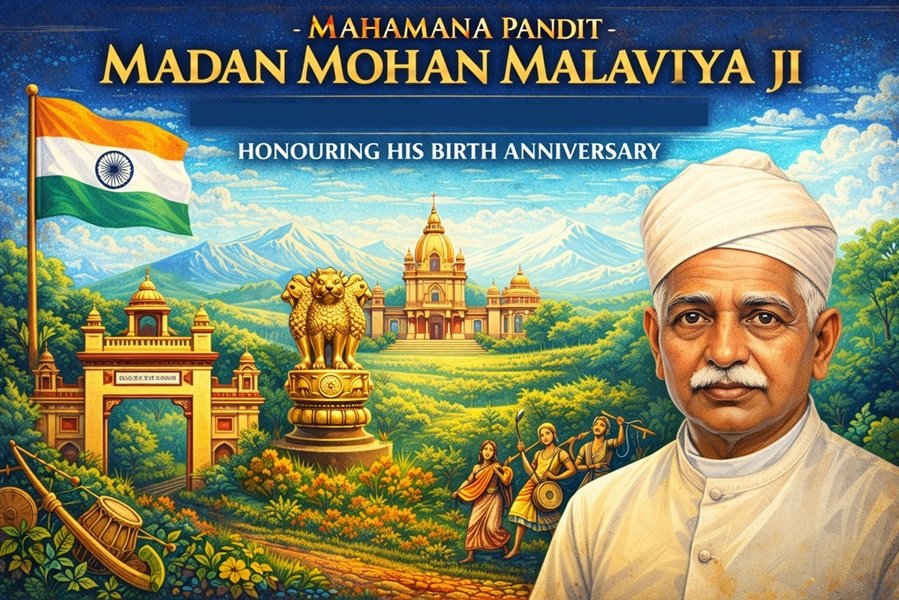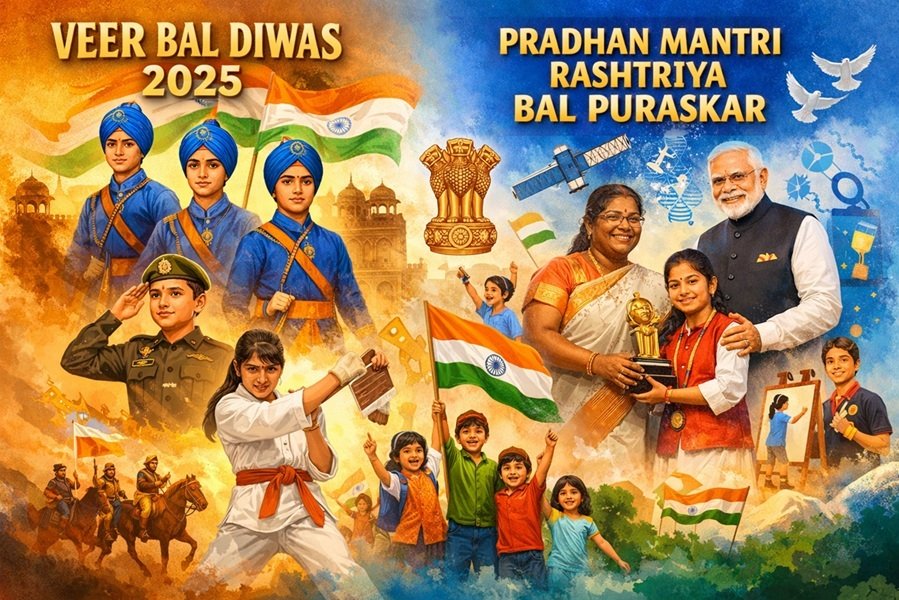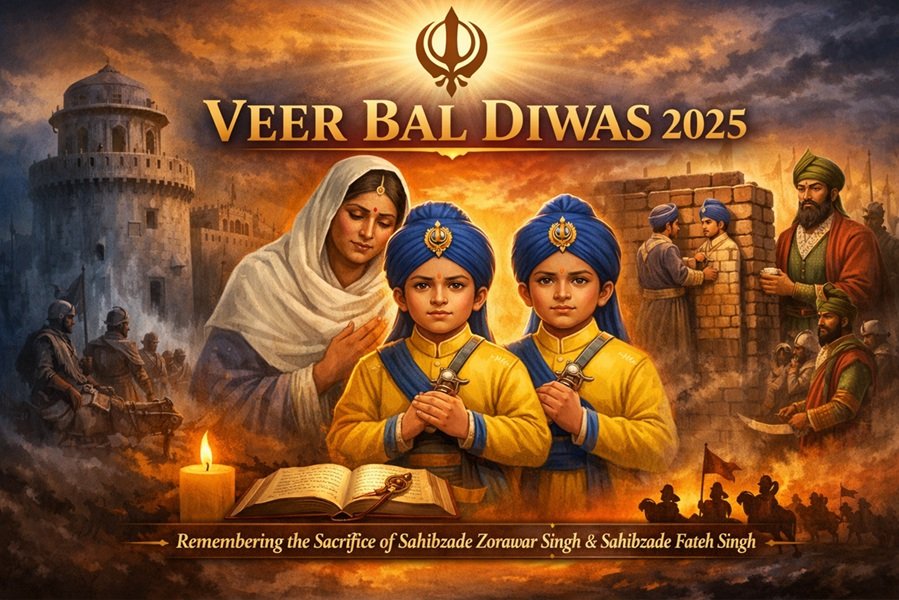
The Indian Constitution is the most important book for the people of India. It lays down the rules and principles by which the country is governed. Let us explore its key features in simple words.
What is the Indian Constitution?
A constitution is like a rulebook for a country. It explains how the government works, what rights people have, and how everyone should behave as responsible citizens. The Indian Constitution is the longest written constitution in the world and has been in effect since January 26, 1950.
Why Do We Need a Constitution?
A constitution helps:
- Protect Rights: It ensures that every citizen gets basic rights like freedom of speech, equality, and education.
- Guide the Government: It defines the powers and duties of the government.
- Prevent Misuse of Power: It makes sure that no one, not even the government, can misuse their authority.
- Unite the Nation: It brings people from different regions, religions, and cultures together under one set of rules.
Main Features of the Indian Constitution
- Longest Constitution: India’s Constitution is detailed because it addresses the needs of a large and diverse country.
- Written Document: It is a written constitution, meaning all the rules are clearly recorded.
- Democracy: India is a democratic country, which means people elect their leaders through voting.
- Secularism: India does not follow any single religion. Every religion is treated equally.
- Federal Structure: Power is shared between the central government and state governments.
- Fundamental Rights: These are the basic rights given to every citizen, such as:
- Right to Equality
- Right to Freedom
- Right to Education
- Right Against Exploitation
- Right to Freedom of Religion
- Cultural and Educational Rights
- Right to Constitutional Remedies
- Directive Principles: These are guidelines for the government to ensure the welfare of the people, like providing free education, clean water, and better health facilities.
- Amendments: The Constitution can be changed to adapt to new situations. These changes are called amendments.
How the Constitution Was Made
The creation of the Indian Constitution was a defining moment in India’s history. The process began in 1946 with the formation of the Constituent Assembly, a representative body tasked with drafting the framework for an independent and democratic nation.
Dr. B.R. Ambedkar, as the Chairman of the Drafting Committee, played a pivotal role in shaping the Constitution. His expertise and dedication ensured that the document reflected the ideals of justice, equality, and liberty for all citizens.
Over nearly three years, the Constituent Assembly engaged in extensive discussions and rigorous debates, drawing inspiration from various global constitutions while tailoring the document to India’s unique social, cultural, and political landscape. The final draft was adopted on November 26, 1949, and officially came into effect on January 26, 1950—a day now celebrated annually as Republic Day.
The Indian Constitution stands as a testament to the collective vision and effort of the nation’s leaders and continues to guide the world’s largest democracy.
Parts of the Indian Constitution
The Constitution has several parts, such as:
- Preamble: The introduction that explains the purpose of the Constitution.
- Fundamental Rights and Duties: Rights every citizen has and duties they must follow.
- Schedules: Lists that organize details about states, languages, and other administrative matters.
How the Government Works
The Constitution divides the government into three branches:
- Legislature: Makes laws. It includes the Parliament, which has two houses:
- Lok Sabha (House of the People)
- Rajya Sabha (Council of States)
- Executive: Implements laws. The President, Prime Minister, and their ministers handle this.
- Judiciary: Ensures justice. It includes the Supreme Court, High Courts, and other courts.
Special Features of the Indian Constitution
- Equality for All: No one is above the law, and everyone is treated equally.
- Reservation System: To help backward communities, reservations in education and jobs are provided.
- Emergency Provisions: Special rules to handle emergencies like wars or natural disasters.
- Independent Judiciary: Courts are free to make decisions without pressure from the government.
Challenges to the Constitution
Even though the Constitution is strong, it faces challenges such as:
- Corruption
- Misuse of laws
- Slow justice delivery
- Lack of awareness among citizens
Why Should We Respect the Constitution?
The Constitution is not just a book of rules; it is the backbone of the nation. It protects our rights, ensures justice, and helps maintain peace and order. By following it, we can contribute to a better society.
Conclusion
The Indian Constitution is a remarkable document that ensures the smooth functioning of the country. It balances tradition and modernity, individual rights and collective responsibilities. Understanding and respecting it is the duty of every Indian citizen.




